Most farmers and drivers will consider themselves to be good or even excellent when it comes to the operation of a tractor and machine. The fact is that they are probably correct, as the skills they have accumulated over the years have benefited them. However, the issue as to whether drivers have improved their safety performance is very debatable. With all routine tasks, complacency sets in to the mindset of many people. And this, in combination with a number of other factors, will increase the risk of an accident. Farmers are busy people and part-time farming has added to pressure on time management. With this in mind, look at a 60-second check before using the tractor.
Check 1: Visual inspection, check for defects to lights, mirrors, wheels and overall visibility from the driver’s seat.

Check 2: Check instruments and controls, for functionality and operation.
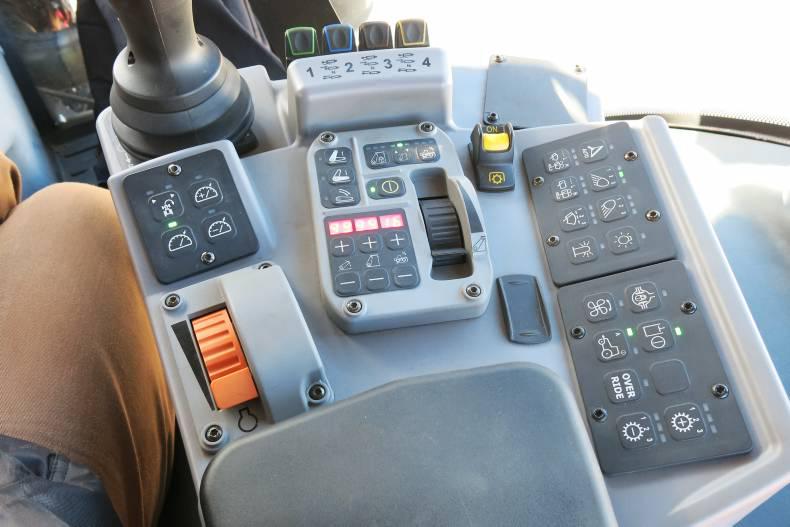
Check 3: Always check for people in the vicinity of the tractor before moving the tractor
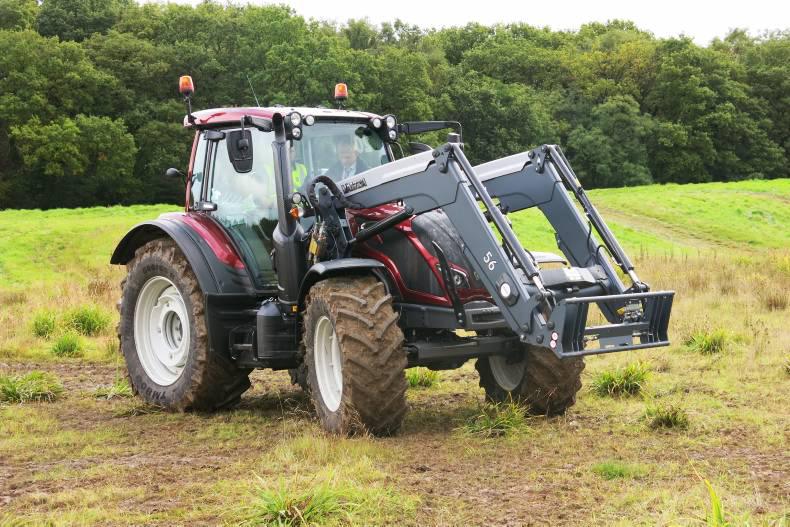
Check 4: Carry out a check on tractor handling, before leaving the farmyard. This can be done while moving in to the work position.
Remember, always treat the tractor with respect, and keep a watchful for the safety of yourself and others while operating.
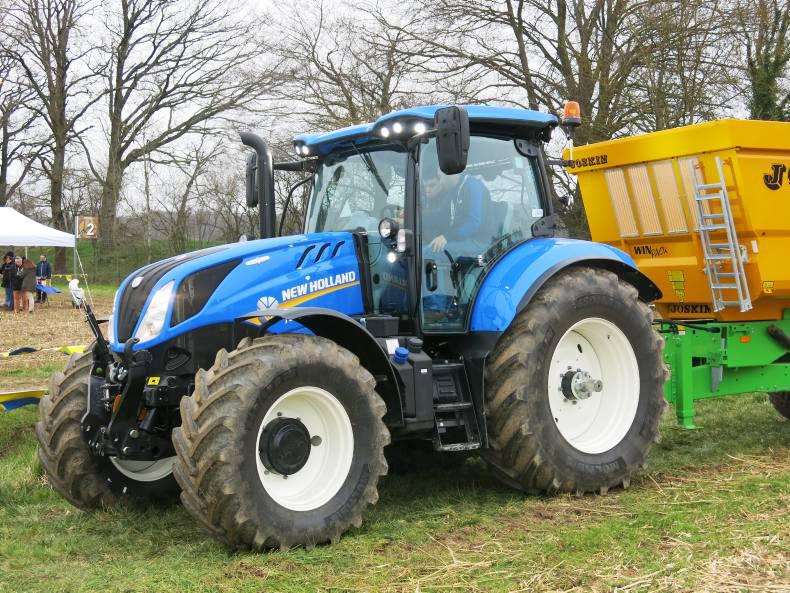
Tractor Safety from Arthur Byrne ESB Networks Public Safety Manager
Always watch out for overhead electricity poles and wires – it could save your life. A couple of months ago, a dairy farmer had a lucky escape when his tractor veered into an electricity pole and caused the pole to break and the live wires ended up on the roof of his cab. There was a violent flash and the tubes popped and tyres began to smoke. What should the driver do to stay safe in these situations?
This extremely dangerous situation could have quickly turned into a human tragedy but it didn’t because the farmer, despite being extremely frightened, remained calm and put into practice the ‘safe exit strategy’ that kept him and others safe.
If the worst happens, and your tractor (or other farm machinery) ends up being in contact with electricity wires, you need to realise that this could be fatal for more than just the driver.
The driver in the cab is far safer than the person on the ground who touches any part of the tractor or attachments. The driver is safely insulated in the cab because of the rubber tyres, at least initially. If the situation does change for the worst and the tyres catch fire, they should implement the exit plan highlighted in step 4.
Anyone on the ground who touches the tractor will immediately be electrocuted because they now become the direct path for electricity to flow from the tractor into the ground (they do not have the protection of the rubber tyres). This will be fatal for the person because it only takes a small amount of electricity to kill us; one tenth of the power of a 100 watt light bulb will be enough to electrocute anyone of us. Follow these steps carefully and give yourself the best chance of recovering from this dangerous situation (remember the best policy is not to put yourself in this predicament in the first place).
1. Stay in the cab; this is the safest place for the driver because the tyres will act as an insulator; you are like a bird on the wire.
2. Call the ESB Networks Emergency No: 1850 372 999. This will alert us to the problem so that staff can be dispatched immediately to make the situation safe. Please store this number in your phone for these emergency situations.
3. Keep others away so that they do not place themselves at risk of electrocution.
4. Jump clear, landing on both feet and taking extreme care not to touch anything in the cab on the way. Move away immediately using short steps or else ‘bunny hop’ with both feet together. If you touch the cab on the way, you are bypassing the protection of the rubber tyres. If you take longer steps, you will receive an electric shock. This is because there is electricity in the ground that radiates out from the vehicle in concentric circles. This is similar to the shocks that cows get in a parlour. This electricity decreases as you move away from the vehicle until it becomes practically negligible; this occurs at about 10 metres. It will not disappear until the electricity is disconnected by ESB Networks. .
5. Stay clear. Never return to the vehicle; never, until ESB Networks staff tell you that it is safe to do so.
Steps 4 and 5 may not be necessary in situations where it is possible to safely reverse the vehicle. This may be the case if you can see that the wires are not tangled.
To see a real example of how to carry out a safe exit strategy, you can view on You Tube: Electricity and Safety on the Farm – a Lucky Escape.
To read the full Machinery Focus, click here.








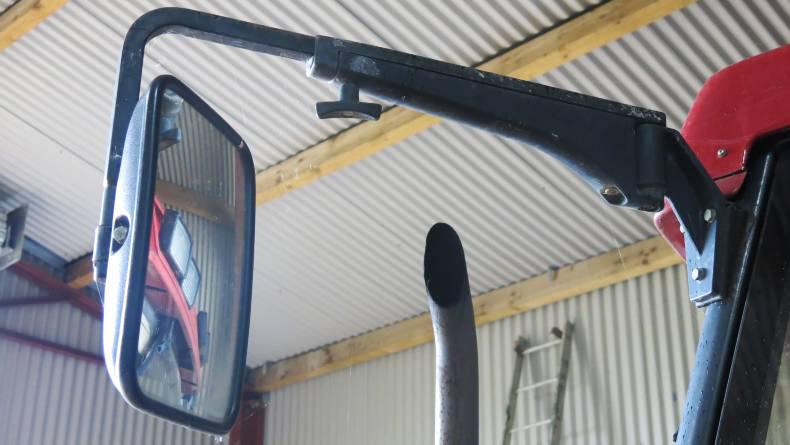
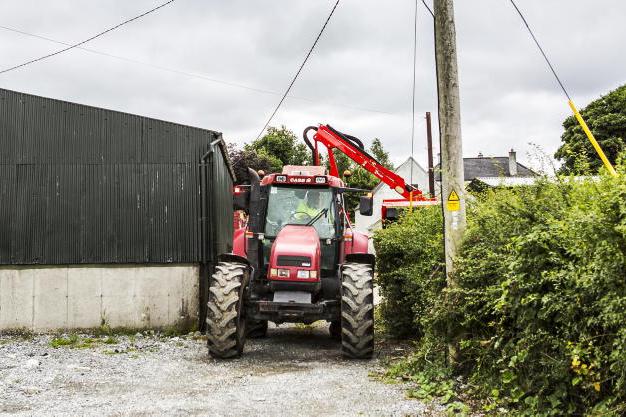
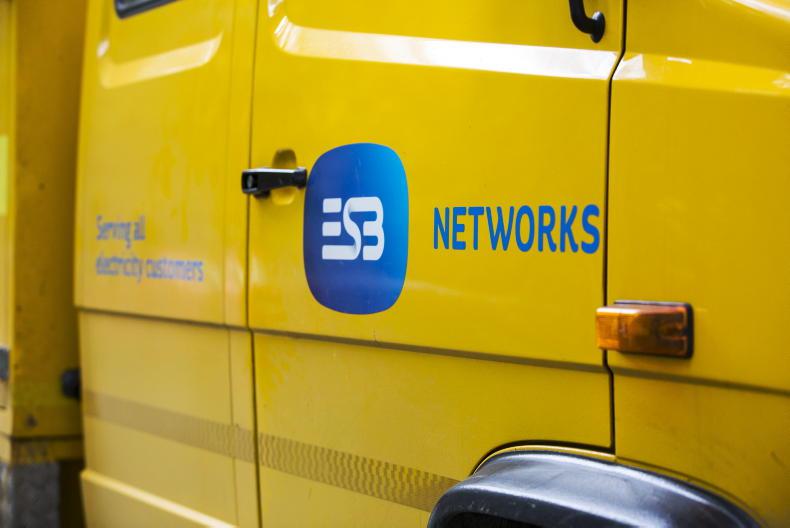

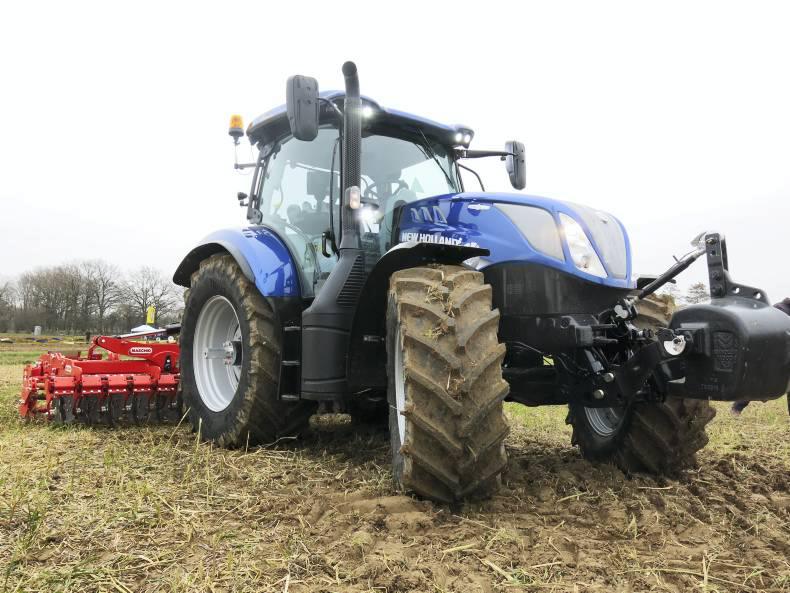
SHARING OPTIONS